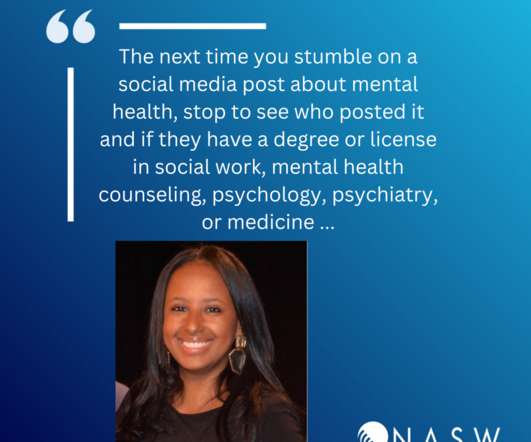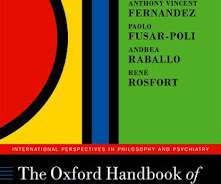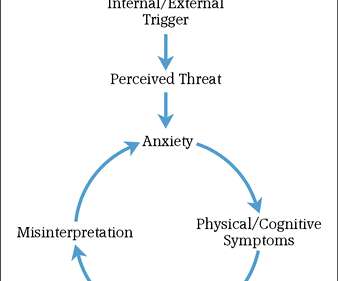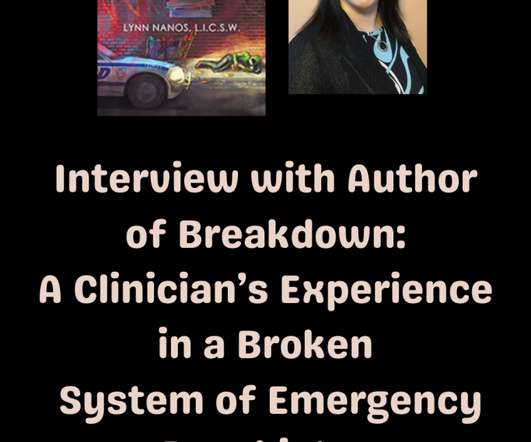Current Pharmacotherapy
University of Connecticut
APRIL 10, 2025
2 CECs Dr. Kristin Waters, a clinical pharmacist in psychiatry and assistant clinical professor at the UConn School of Pharmacy will join us to examine current pharmacotherapy for Depression and Anxiety Disorders and Alcohol Use Disorder and Opioid Use Disorder. Kristin Waters, PharmD, BCPS, BCPP Webinar Tuesday, June 17, TIME?


















Let's personalize your content